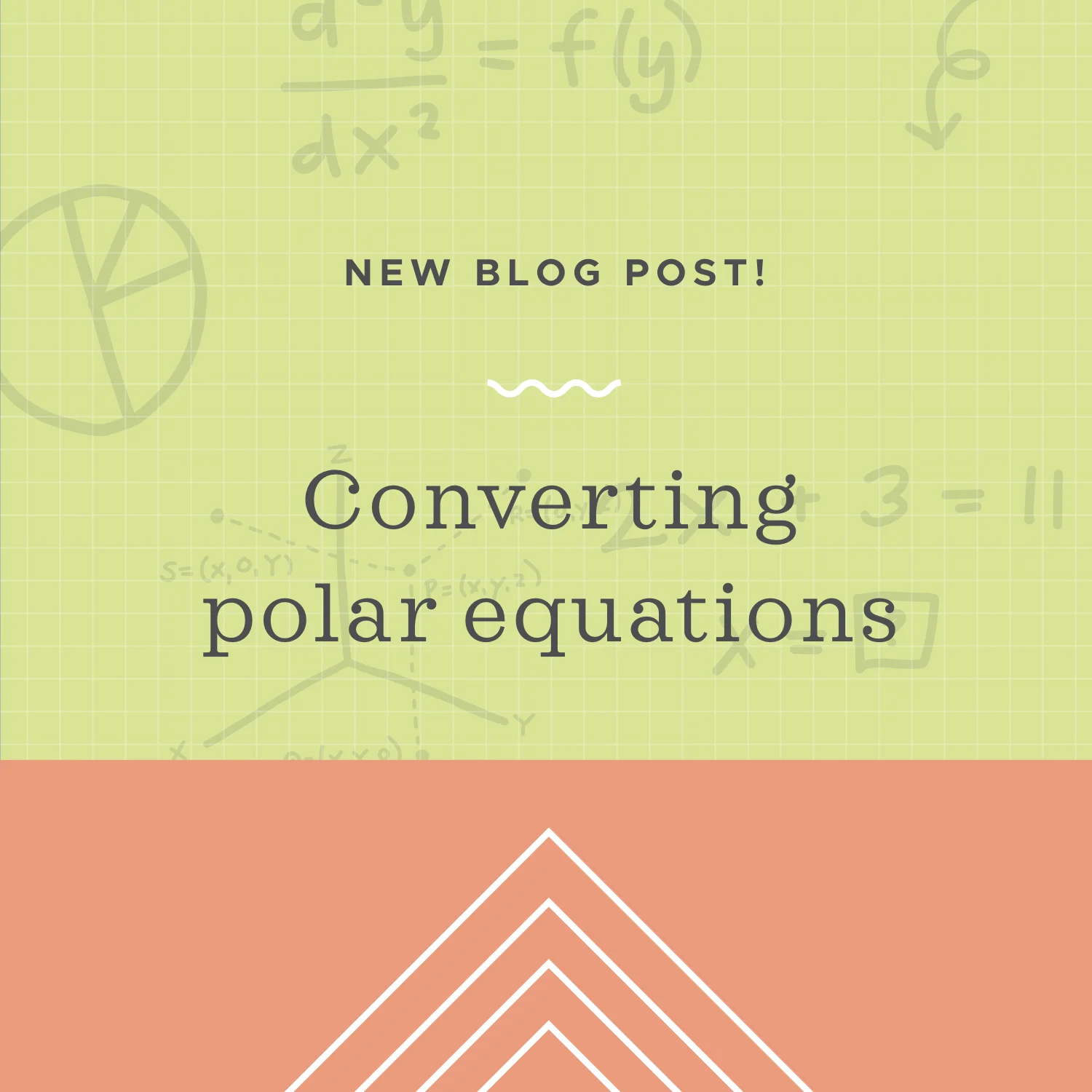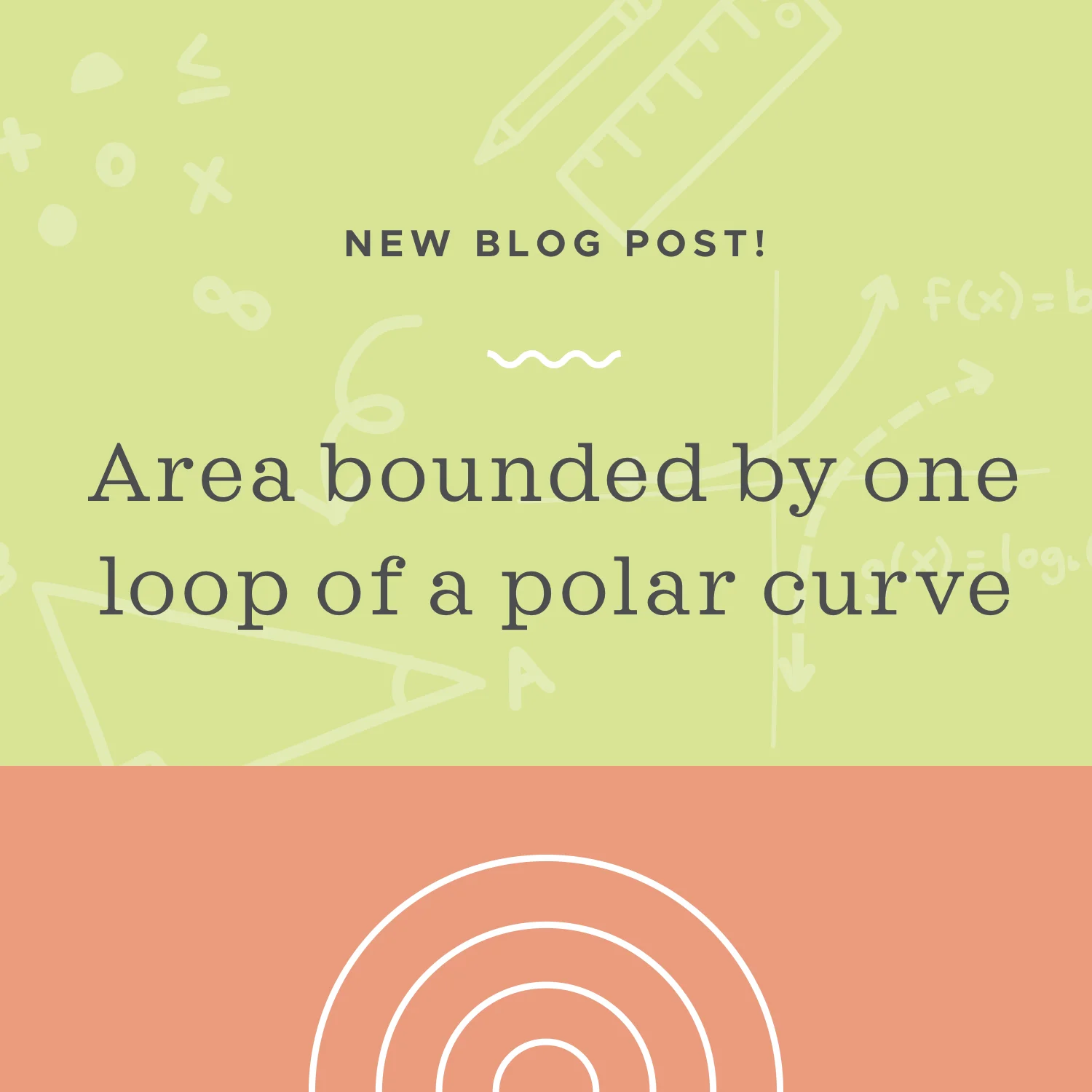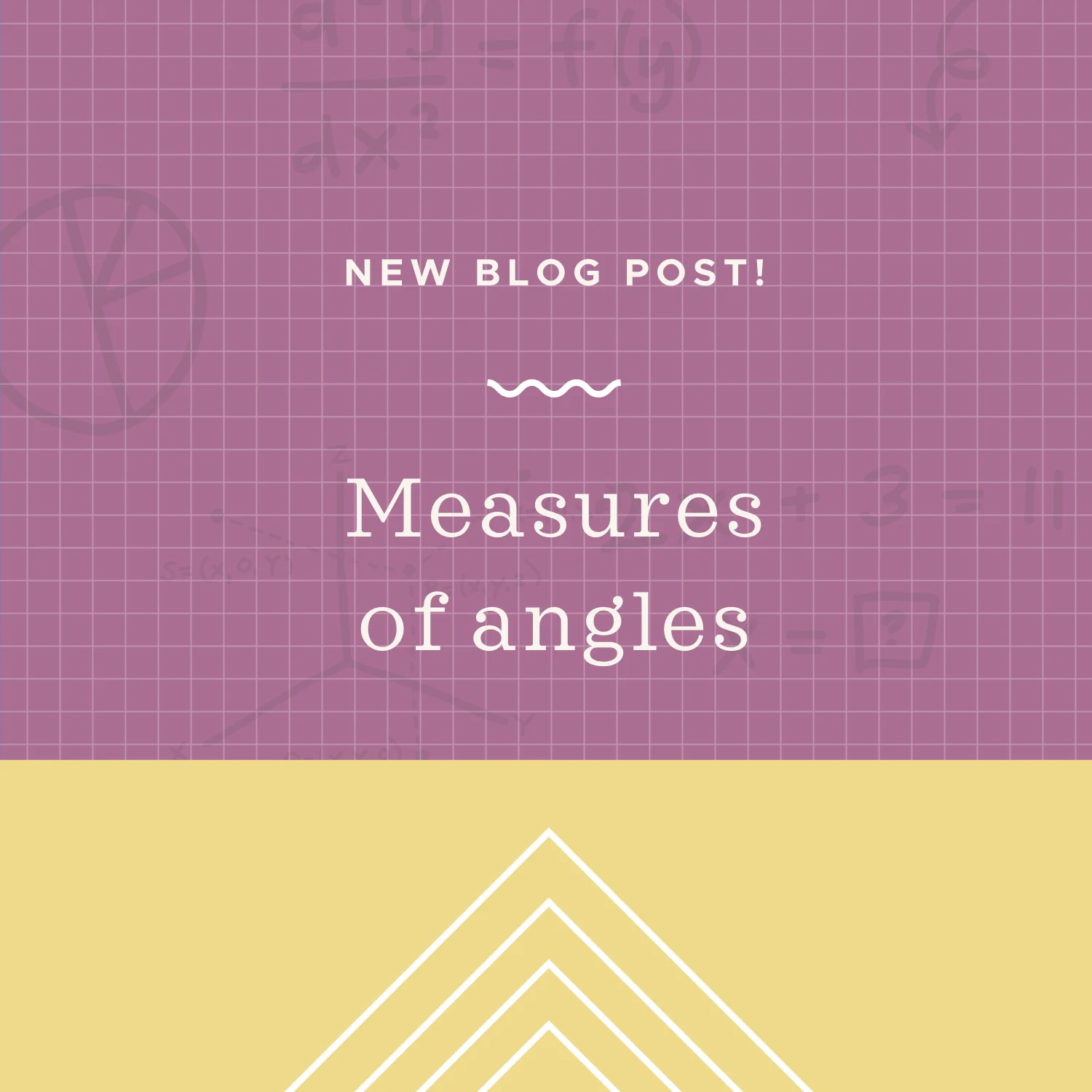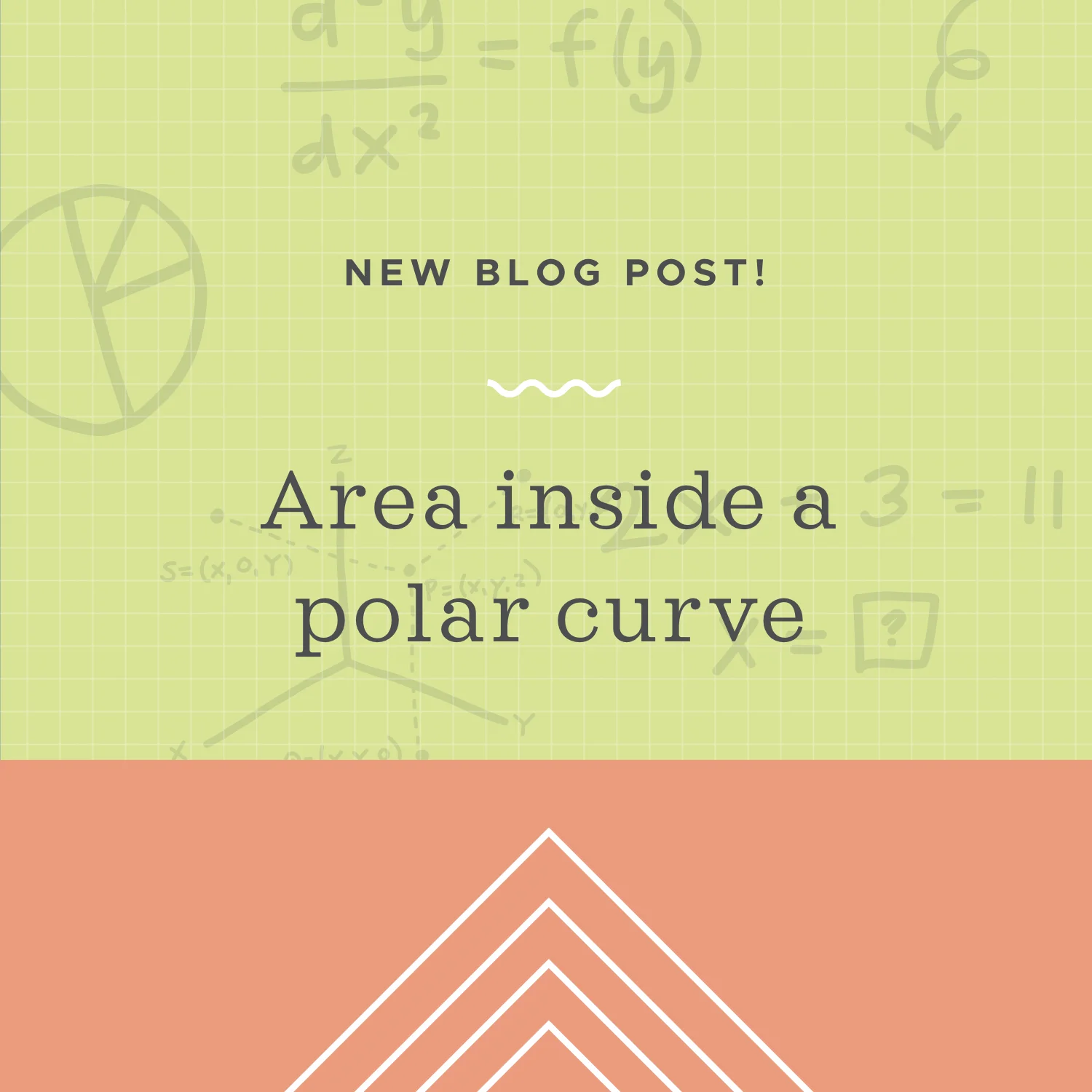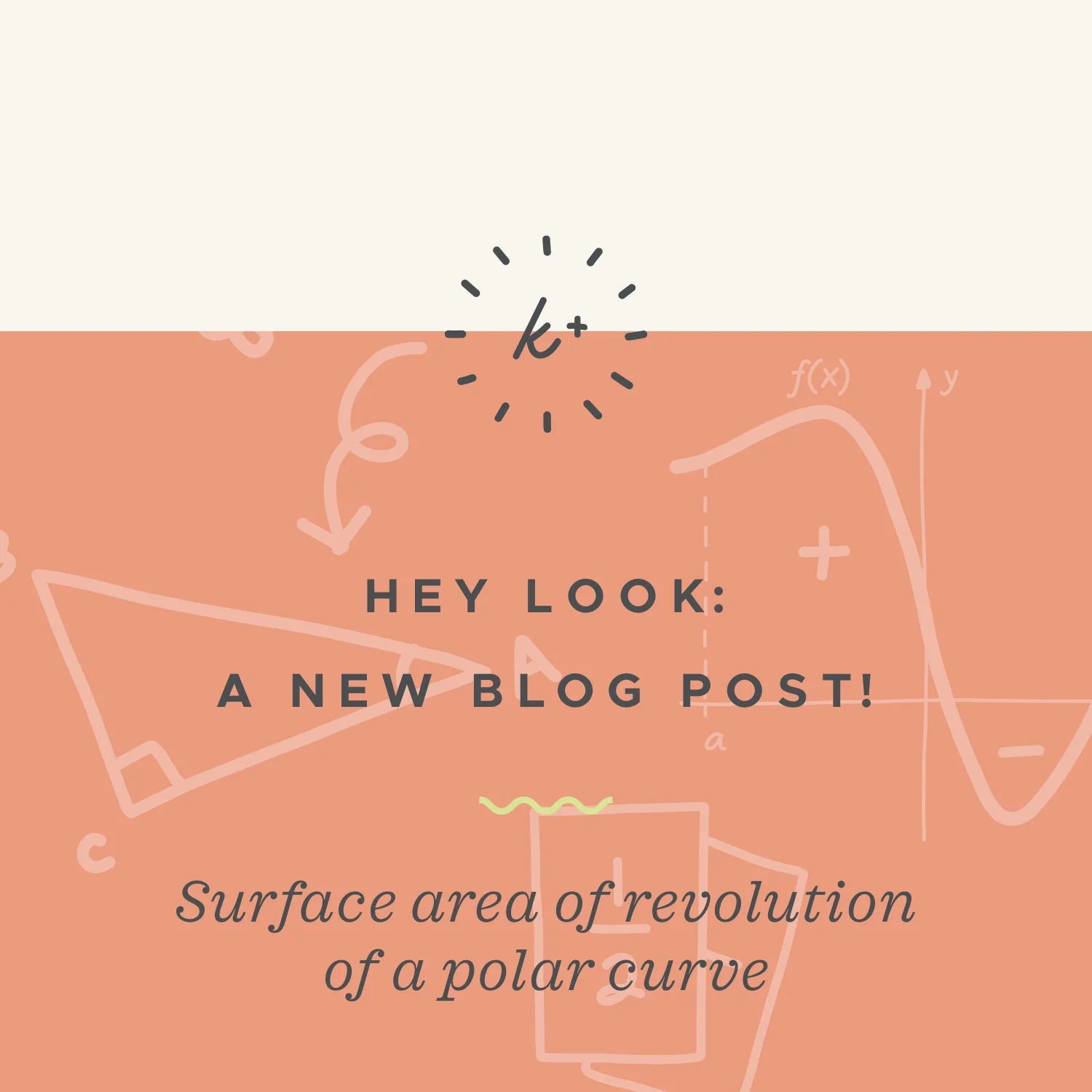If we need to find the volume of a parallelepiped and we’re given three adjacent edges of it, all we have to do is find the scalar triple product of the three vectors that define the edges.
Read MoreIn the same way that we could find the volume of a three-dimensional object generated by rotating a two-dimensional area around an axis when we studied applications of integrals, we can find the volume of revolution generated by revolving the area enclosed by two parametric curves.
Read MoreThe scalar triple product |a•(b x c)| of three vectors a, b, and c will be equal to 0 when the vectors are coplanar, which means that the vectors all lie in the same plane.
Read MoreTo find the domain of a vector function, we’ll need to find the domain of the individual components a, b and c. Then the domain of the vector function is the values for which the domains of a, b, and c overlap.
Read MoreTo convert polar equations to rectangular equations, we’ll use the conversion formulas x=rcos(theta), y=rsin(theta), and r^2=x^2+y^2. Our goal will be to replace all the r and theta variables with x and y variables.
Read MoreTo find the limit of a vector function, we’ll need to take the limit of each term separately. So we’ll apply the limit to each component of the vector function, and then evaluate each limit.
Read MoreWhen we need to find the area bounded by a single loop of the polar curve, we’ll use the same formula we used to find area inside the polar curve in general. We’ll integrate over the interval that defines the loop.
Read MoreIn this lesson we’ll look at how to find the measures of angles, in degrees, algebraically. An angle is a fraction of a circle, the turn of the angle is measured in degrees (or radians).
Read MoreTo find the derivative of a vector function, we just need to find the derivatives of the coefficients when the vector function is in the form r(t)=(r(t)1)i+(r(t)2)j+(r(t)3)k. The derivative function will be in the same form, just with the derivatives of each coefficient replacing the coefficients themselves.
Read MoreThe area inside a polar curve is given by a formula for A, where [alpha,beta] is the interval over which we’re integrating, and where r is the equation of the polar curve. Plugging everything into the formula will let us calculate the area bounded by the polar curve.
Read MoreIn this lesson we’ll learn how to calculate the commission earned. What is commission? Commission is the amount of money a salesperson earns on the sale of an item. The formula for commission is Commission=(Sale Price)(Commission Percentage).
Read MoreA tangent line to a circle intersects the circle at exactly one point on its circumference. The radius drawn from the center of the circle to the point of tangency is always perpendicular to the tangent line.
Read MoreTo find the integral of a vector function r(t)=(r(t)1)i+(r(t)2)j+(r(t)3)k, we simply replace each coefficient with its integral. In other words, the integral of the vector function comes in the same form, just with each coefficient replaced by its own integral.
Read MoreIn this lesson we will learn how to calculate a percent markup and how it changes the original price of an item. What is a percent markup? Well in retail, a store will buy an item for a certain amount from a manufacturer. In order to make money the store has to add to the price they paid for it and sell it to the customer for more.
Read MoreIn this lesson we’ll look at the nets, volume, and surface area of cones. We’ll focus on circular cones (cones whose bases are perfect circles), and after looking at the cone and its net, we’ll work through the surface area and volume formulas, and examples of how to calculate those figures for a cone.
Read MoreTo find the arc length of the vector function, we’ll need to use a specific arc length formula for L that integrates the root of the sum of the squared derivatives. L will be the arc length of the vector function, [a,b] is the interval that defines the arc, and dx/dt, dy/dt, and dz/dt are the derivatives of the parametric equations of x, y, and z respectively.
Read MoreWe can find the surface area of the object created when we rotate a polar curve around either the x-axis or the y-axis. We use a specific formula to find surface area, depending on which axis is the axis of rotation.
Read MoreRemember that the phrase “rationalize the denominator” just means “get the square root(s) out of the denominator”. We already know how to rationalize the denominator if the denominator is just a single square root, and nothing else. But how do we rationalize the denominator when it’s more complicated than just a single square root? In some cases, we can use the conjugate method.
Read MoreIn this lesson we’ll look at how to use two more triangle congruence theorems, called angle, angle, side (AAS) and hypotenuse, leg (HL), to show that triangles, or parts of triangles, are congruent to one another.
Read MoreTo find the unit tangent vector for a vector function, we use the formula T(t)=(r'(t))/(||r'(t)||), where r'(t) is the derivative of the vector function and t is given. We’ll start by finding the derivative of the vector function, and then we’ll find the magnitude of the derivative. Those two values will give us everything we need in order to build the expression for the unit tangent vector.
Read More






